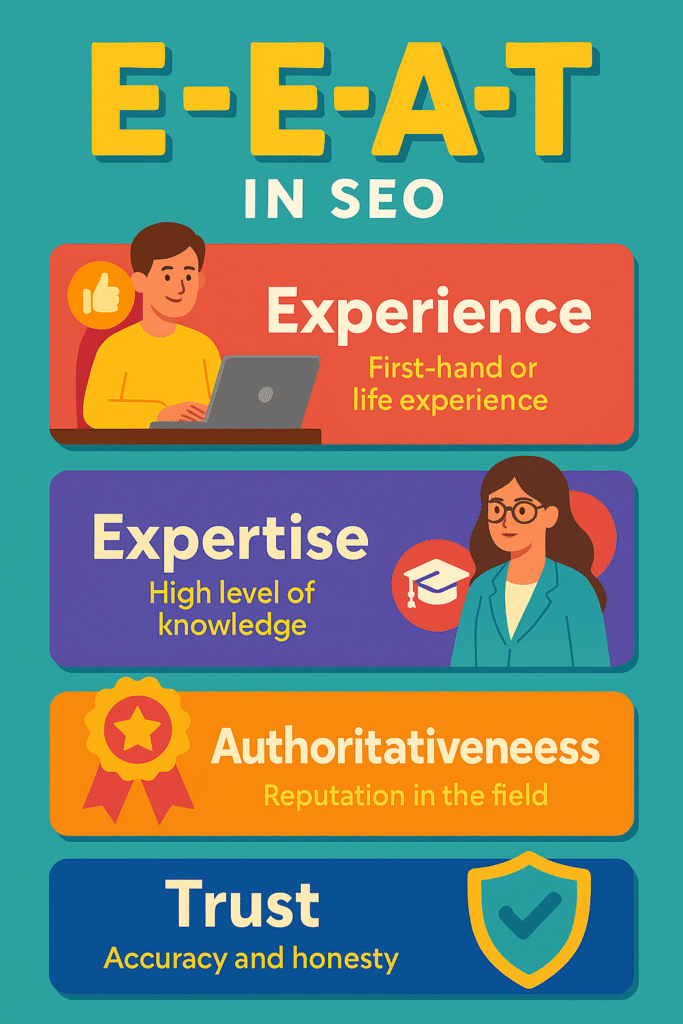1. Revise Your Existing Articles
Rather than rewriting all content from the start, revising your performing articles is an affordable way of optimizing rankings. Begin with using Google Search Console and discovering pages having rich keywords but not on-page one by a thread. After you have created them, update each article thus: resituate the intros to be more search-term targeted, update outdated stats or examples with current facts and research, and flesh out any subtopics or FAQs you neglected to cover from your higher-ranking competition. Intelligent internal linking—via other quality content pages on your website—will cause Google to re-discover and re-index these newly updated posts, while establishing a good content foundation on your website.

2. Go for Smaller Keyword Wins
Not every top keyword is a war. Going for smaller competitions, long-tail keywords—sets of words which have low-level searches but significantly fewer pages vying for the same—win quicker rankings and generate a steady trickle of target traffic. Use a keyword tool to reduce difficulty scores to your level of domain authority, then create simple, intentional-written pages (or subpages) which directly respond to these lower-level questions. Over time, this collection of “quick-win” pages can accumulate, establishing topicality and a foundation to target more competitive head terms.
3. Streamline Your Site’s Experience
Google more and more judges the way that users experience your site—and rewards those which surprise. A clear, easy-to-read structure with consistent typefaces, color palettes, and generous whitespace encourages people to stay awhile. At the same time, tech speed improvements such as image compression, JavaScript and CSS minification, and caching in browsers trim load times down to minutes; PageSpeed Insights and its relatives will find chokepoints and present step-by-step recommendations. Almost as crucial is mobile responsiveness: having a completely adaptive design means your pages are going to look stunning on any platform. And lastly, simple navigation—simple menus, logical categories, breadcrumb paths—assists search engines and users in finding and drilling into your content.
4. Optimize On-Page Elements
On-page SEO is simply making it easy for search engines to get nice clean signals about what each page is about. Begin with brief title tags (less than 60 characters) and meta descriptions (less than 105 characters) that, of course, contain your focus term and are highly click-able. Organize your copy with one H1 for the primary topic, H2s and H3s for secondary topics—using related keywords if necessary. In your body copy, keep it easy to read and employ your secondary and primary terms in it consistently. Missing images: they all need descriptive alt tags that not only will give your web site some life, but even allow search spiders to comprehend your graphical content.
5. Solidify Your Technical Foundation
Nicely written article can never rank when Google cannot crawl and index it.
Review the “Error” or “Excluded” marked pages from time to time in Google Search Console’s Index Coverage report. Verify the root cause—either random “noindex” tag, robots.txt disallow, non-responsive server response, or redirect loop—and correct it. Maintain a clean, up-to-date XML sitemap for all your priority URLs, and submit it to GSC in an attempt to notify bots of your new content. Finally, monitor site health with frequent crawls (with tools like Screaming Frog) to catch issues cropping up before they impact your visibility.
6. Construct Authoritative Backlinks
Good quality incoming links are probably the strongest ranking signal Google possesses.
Begin by tracking unlinked brand mentions in blog posts and news articles; at times a friendly email outreach soliciting a link can turn a mention into a worthy backlink. Establish yourself as a go-to source in your niche by being quoted, providing statistics, or offering opinions to journalists and niche sites through sources such as HARO. Also, invest in creating “linkable assets”—research reports read, calculators used, graphics, or master buyer’s guides—that will inevitably find them being linked. Social shares and outreach efforts promoting these assets over time will also fuel your backlink portfolio.
7. Take Those Featured Snippets too
Featured snippets (“Position Zero”) can make a huge difference to visibility and CTR. Study by viewing your target terms in private mode and seeing what now triggers a snippet. Observe the format—paragraph answer, step-by-step list, or bullets—and then reorganize your own writing to fit. For instance, if Google shows a three-step list, create a plain H2 title and then a concise, neatly numbered list that responds to the question in around 40–60 words. Optimize for accurate schema markup (where applicable) and an organic content structure also boost your likelihood of “winning” the snippet.
8. Combine Overlapping Content
If there are many pages on your site competing for the same keyword, they eliminate each other’s opportunity to rank.
Test for keyword cannibalization with your SEO tool, which shows clusters of overlapping content. Select the most accessed or most in-depth post as the “master” page, then draw out pertinent information from the others into that one. For every retired URL, build 301 redirects to the rolled-up page to pass link equity and avoid 404 errors. This strategy not only explains Google’s decision-making algorithm, but also gives consumers a better, one-stop source of information.
9. Emphasize E-E-A-T
Google’s E-E-A-T concept is not a strict ranking system, but content emphasizing these attributes gets more engagement and links—both of which are SEO influencers.

Develop effective author profiles with credentials, qualifications, and real experience of each author. Using actual case studies, journals, or reports to validate your claims. Wherever possible, use first-hand opinion, images, or data from own experiments to give real experience. And lastly, schedule regular review frequency—updating figures, links, and examples—to keep things accurate and build reader confidence. By weaving these nine tactics into your ongoing workflows—whether quarterly content audits, weekly keyword research sessions, or daily UX checks—you’ll establish a sustainable, scalable SEO practice that drives higher rankings, increased traffic, and long-term growth. Boost your business online with expert digital marketing services in Vizag – results that speak for themselves!
